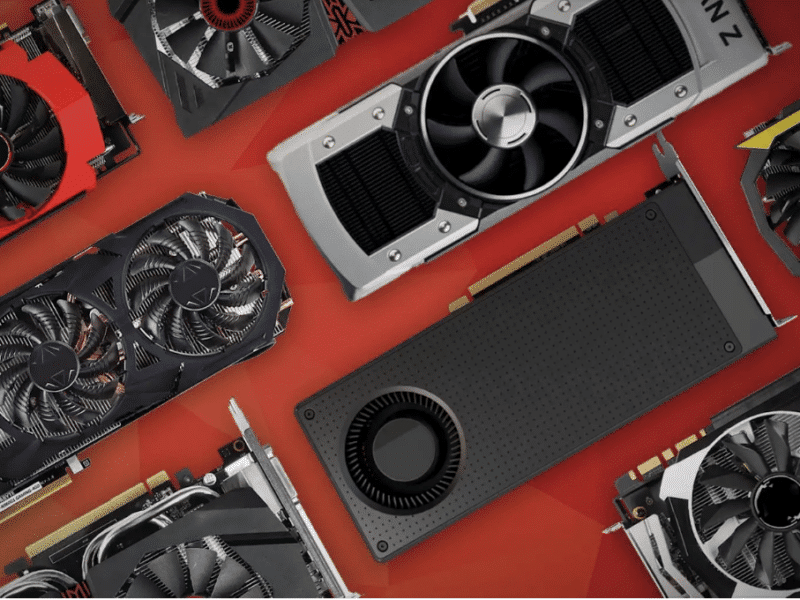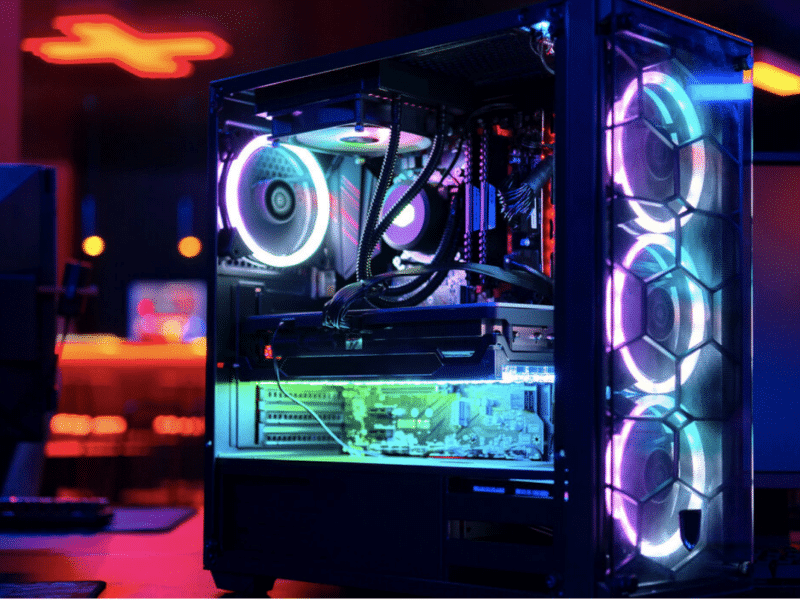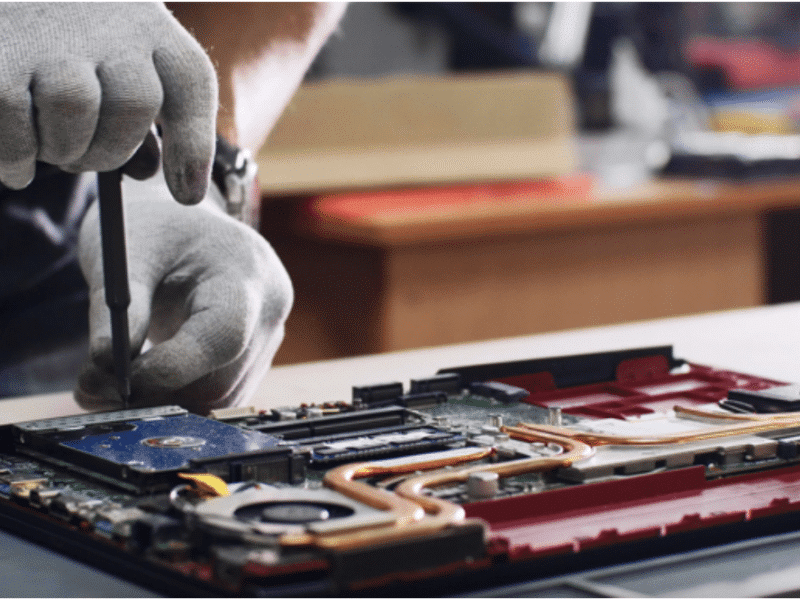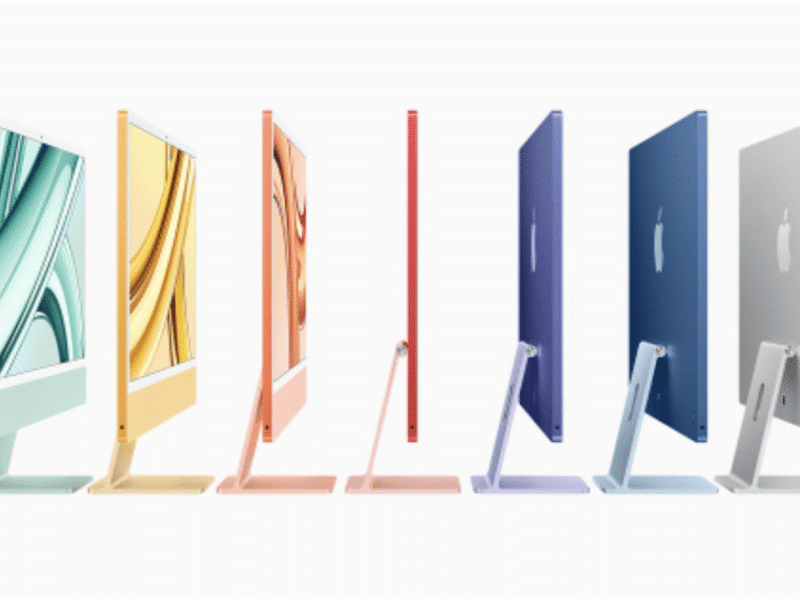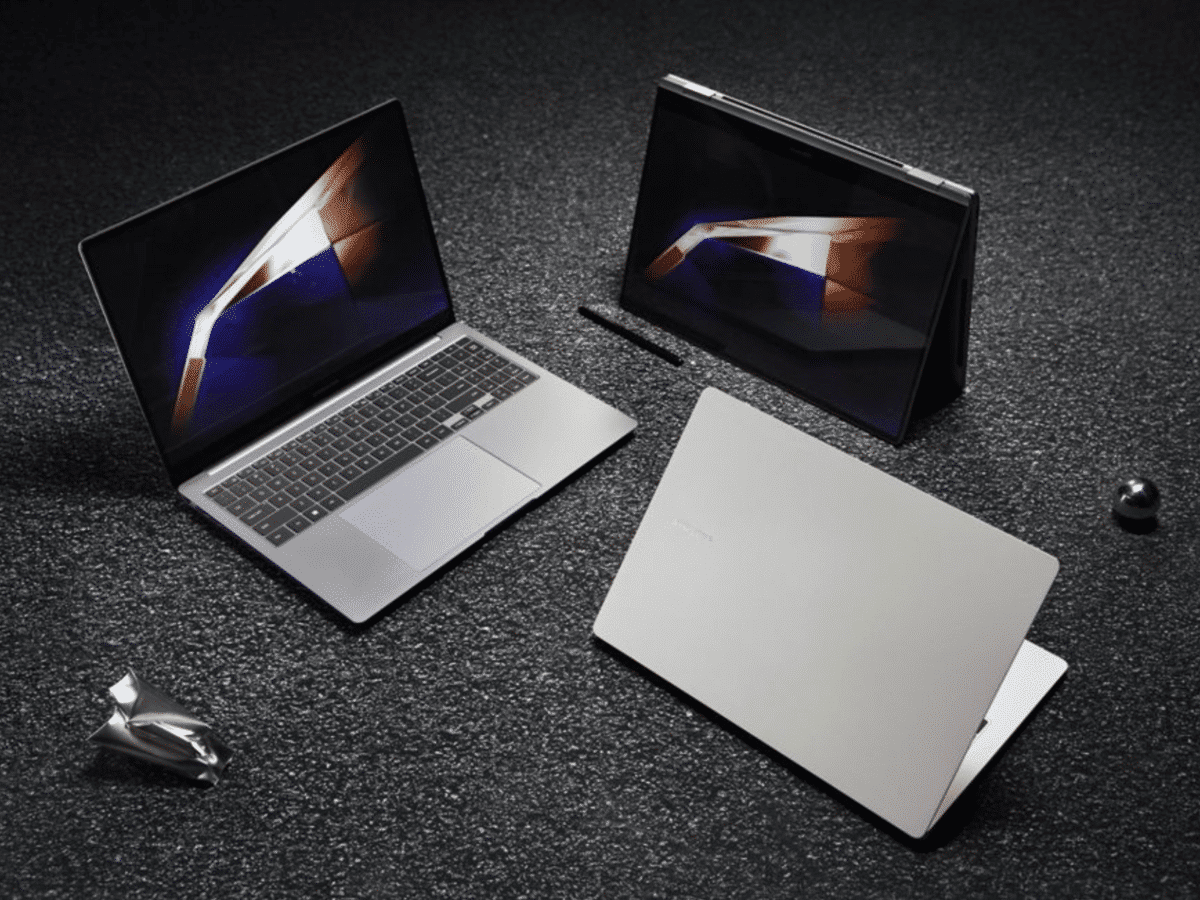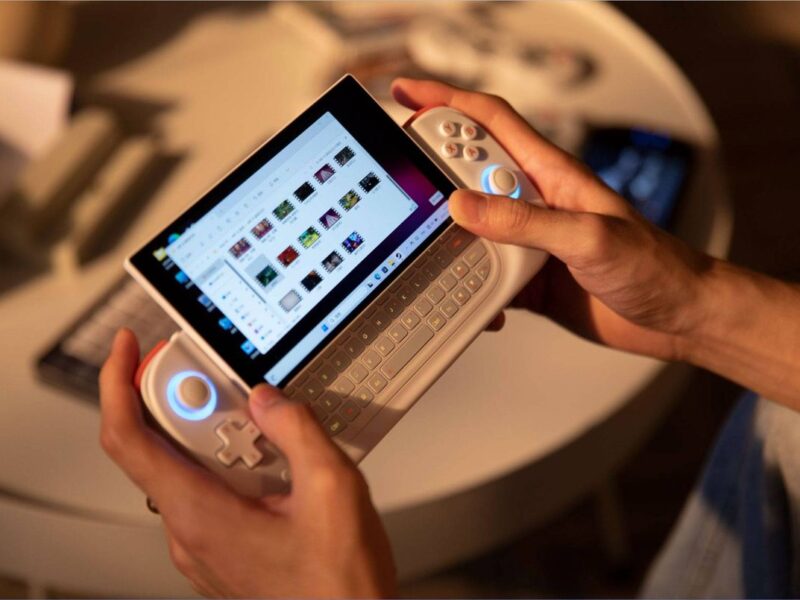Intel has long ruled the desktop CPU market, commanding consistently dominating market shares over the last decades. With AMD as its only noteworthy challenger in the CPU market, Intel still holds an 80.6% share of the desktop CPU market. Intel is, beyond doubt, the champion of the x86 architecture. And no one can realistically hope to challenge its reign in the near future.
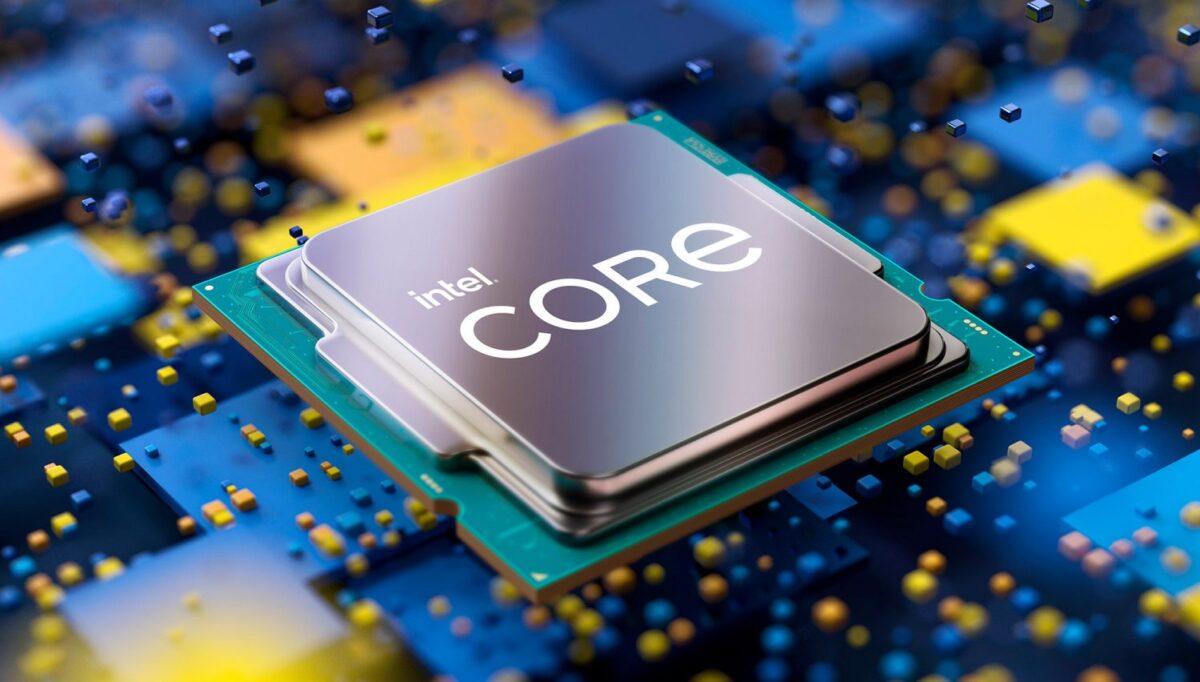
Yet challengers are certain to emerge. And if they can’t challenge Intel on its terms, they will change the terms and rewrite the rules.
Nvidia and Qualcomm Enter the Fray
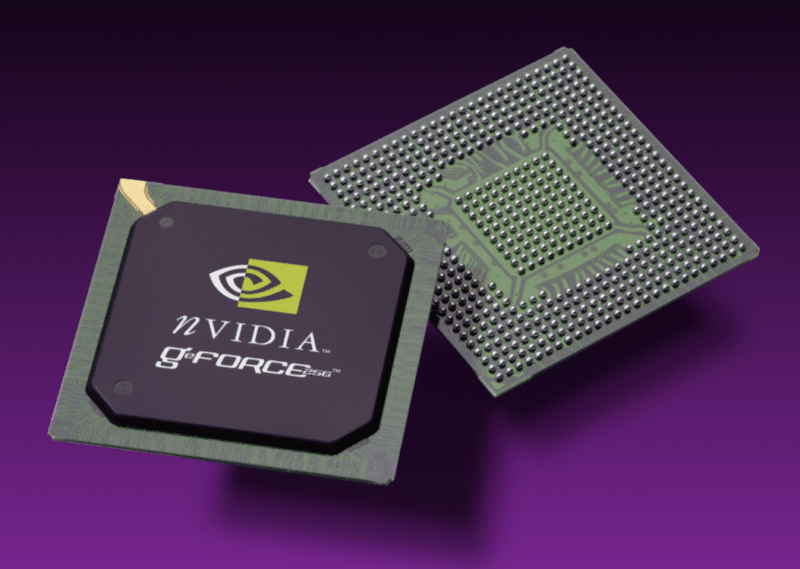
Nvidia’s graphics chips have powered generations upon generations of gaming PCs and cryptocurrency mining rigs. Now, they are in hot demand for AI applications as they are great at handling AI-related workloads. They aren’t CPUs, however.
To break into the CPU market, Nvidia has begun designing Arm CPUs for desktops that can run Microsoft’s Windows OS. Arm CPUs haven’t traditionally worked with Windows and have focused on efficiency rather than performance. Nvidia is about to change that.
And it’s not alone. AMD, an experienced and well-established x86 competitor, may also give the Arm CPU approach a go.
Qualcomm, an Arm heavyweight, has also entered the proverbial ring. Its Snapdragon X Elite processor reportedly outperforms some of the most popular Intel and AMD desktop CPUs.
Microsoft has an agreement with Qualcomm to produce Arm CPUs for Windows machines. That agreement will expire soon, but the two parties may rekindle their partnership in light of the emergence of Snapdragon X Elite.
Having a CPU that delivers twice the processing power of its competitors would give this partnership a considerable head start.
According to specialists, it will take more than a superior product from Qualcomm to overrun Intel’s well-entrenched desktop CPU positions. Snapdragon X Elite will need partner support, a well-differentiated customer experience, and impressive marketing gymnastics to succeed in its attempted coup. The same goes for Nvidia and AMD.
Is Arm the right approach to challenging the dominance of the x86 architecture and Intel? Most Windows applications are x86-specific. Matching these popular applications will be a significant challenge for Nvidia, AMD, and Qualcomm.
The PC CPU battle royale may come down to an Arm-x86 race that will decide the future direction of CPU technology.
X86 vs. Arm
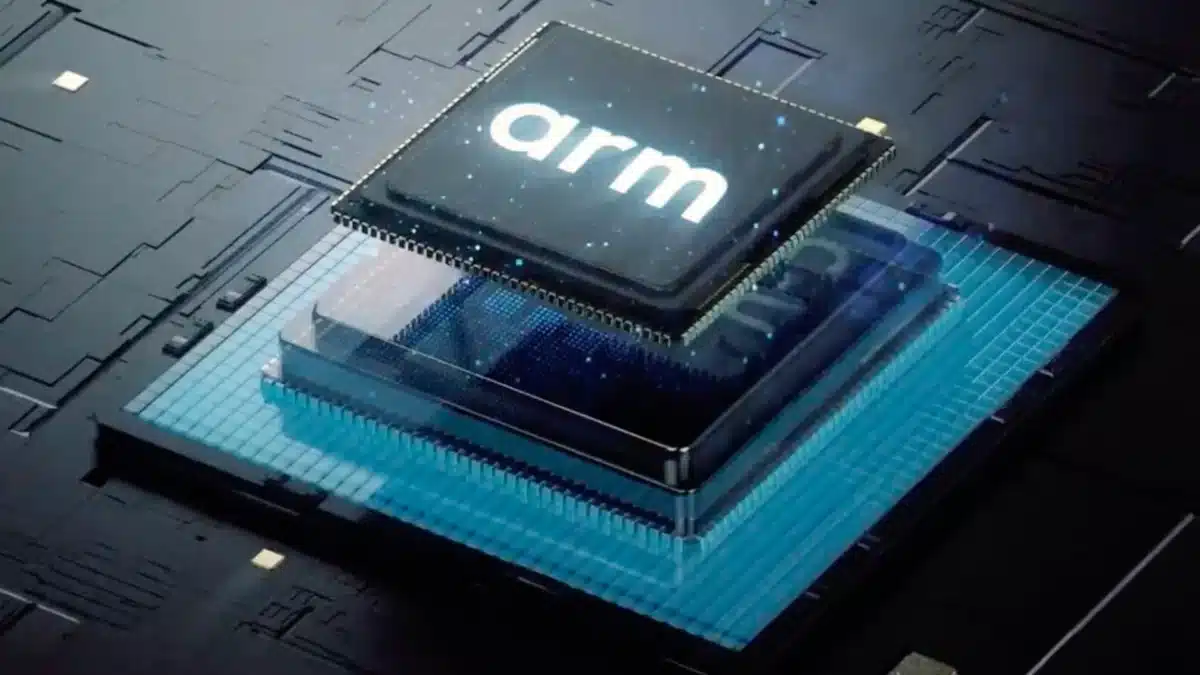
The x86 vs. Arm debate is inevitable if we seek to understand how the challengers plan to undermine Intel’s hegemony.
What is an Arm Processor?
Arm processors get their names from Arm Limited, a CPU design company that doesn’t manufacture physical CPUs. It designs the cores and lets others build the CPUs based on its intellectual property.
Arm processors use a simplified set of instructions called Reduced Instruction Set Computing (RISC). The designer has optimized Arm performance through software, enabling some of its creations to executive millions and millions more instructions per second than their x86 counterparts.
The focus on software-based performance optimization has allowed Arm processors to outperform their x86 counterparts while using less electricity and generating less heat. These characteristics have made Arm processors more suitable for mobile devices.
Arm processors are available in 32-bit and 64-bit versions. High-performance Arm processors remain fringe use cases due to their cost and application compatibility limitations. This is what Intel’s challengers aim to change.
How Does Arm Match Up With x86?
The differences between the two CPU architectures exceed the realm of efficiency and processing power. They extend to:
- Instruction set. Arm uses RISC, while x86 uses CISC (Complex Instruction Set Computing).
- Memory access. CISC (x86) allows direct memory access. RISC, on the other hand, accesses the memory through registers.
- Focus. Arm architecture favors simplicity. X86 architecture allows for more complex instructions and lower-level machine code.
- Hardware compatibility. Arm processors must have System-on-chip compatibility with the peripheral components. X86 processors work independently of peripherals and allow for plug-and-play connections of various components.
- Software compatibility. Arm operating systems do not work with x86 processors and vice-versa. You cannot run Windows on an Arm device, and you can’t run Android on an x86 computer.
- Cost. Cost-wise, Arm devices tend to be cheaper. Their energy efficiency also makes them cheaper to operate and more sustainable. The realm of high performance may, however, skew cost considerations.
The Hurdles Arm Must Clear to Compete with x86 in Desktop Computing
Arm chip manufacturers will have to ensure that popular desktop applications run seamlessly on their system-on-chip devices. This objective alone hides several challenges.
Most Windows applications are specifically x86-focused. The most popular Arm applications, as well as the popular Android OS, cannot penetrate the x86 market for the time being, though there is progress in bridging the Arm-x86 divide.
Microsoft Wants Arm Processors for Windows PCs
Microsoft is one of the promoters of the Arm desktop revolution. It wants Arm-based Windows PCs to replicate the success Apple had when pivoting to Arm chips for its Macs.
The chips Apple created through this pivot allowed Apple devices to increase their battery lives and expand their AI processing capabilities.
The company’s current Arm partner, Qualcomm, is focusing its resources on understanding what it would take to succeed in the PC market.
RISC-V vs. Arm and x86
Even as the Arm vs. x86 debate rages, a new contestant lurks on the sidelines. RISC-V also uses the reduced instruction set. But it offers several advantages over Arm.
- It is free to use. Unlike proprietary instruction set architectures, RISC-V does not involve license fees.
- It allows new instructions. RISC-V is extensible, in the sense that hardware developers can add new instructions to it without disrupting its functionality.
- It is modular and customizable. Equipment manufacturers can customize and modify the instruction set architecture as much as they need.
- It is flexible. Although it is open-source, it does not force manufacturers to open-source their hardware.
Compatibility and lack of implementation are currently the Achilles’ heel of RISC-V. This ISA still showcases that the PC desktop CPU battle is not an Arm vs. x86 confrontation exclusively.
RISC-V operating systems already exist. Some examples in this sense are openSUSE and Fedora.
Conclusion
When there is a will, there is a way, they say. And there is certainly a push to bring Arm processors into the desktop PC fold. Microsoft intends to marry its dominant Windows OS with Arm processors. And it may even jump on the RISC-V bandwagon at one point. With that in mind, Intel’s dominance of the x86 market doesn’t seem as intimidating anymore.
It is safe to assume that as long as they get their Windows and beloved applications working, users don’t really care about what makes them tick under the hood.


